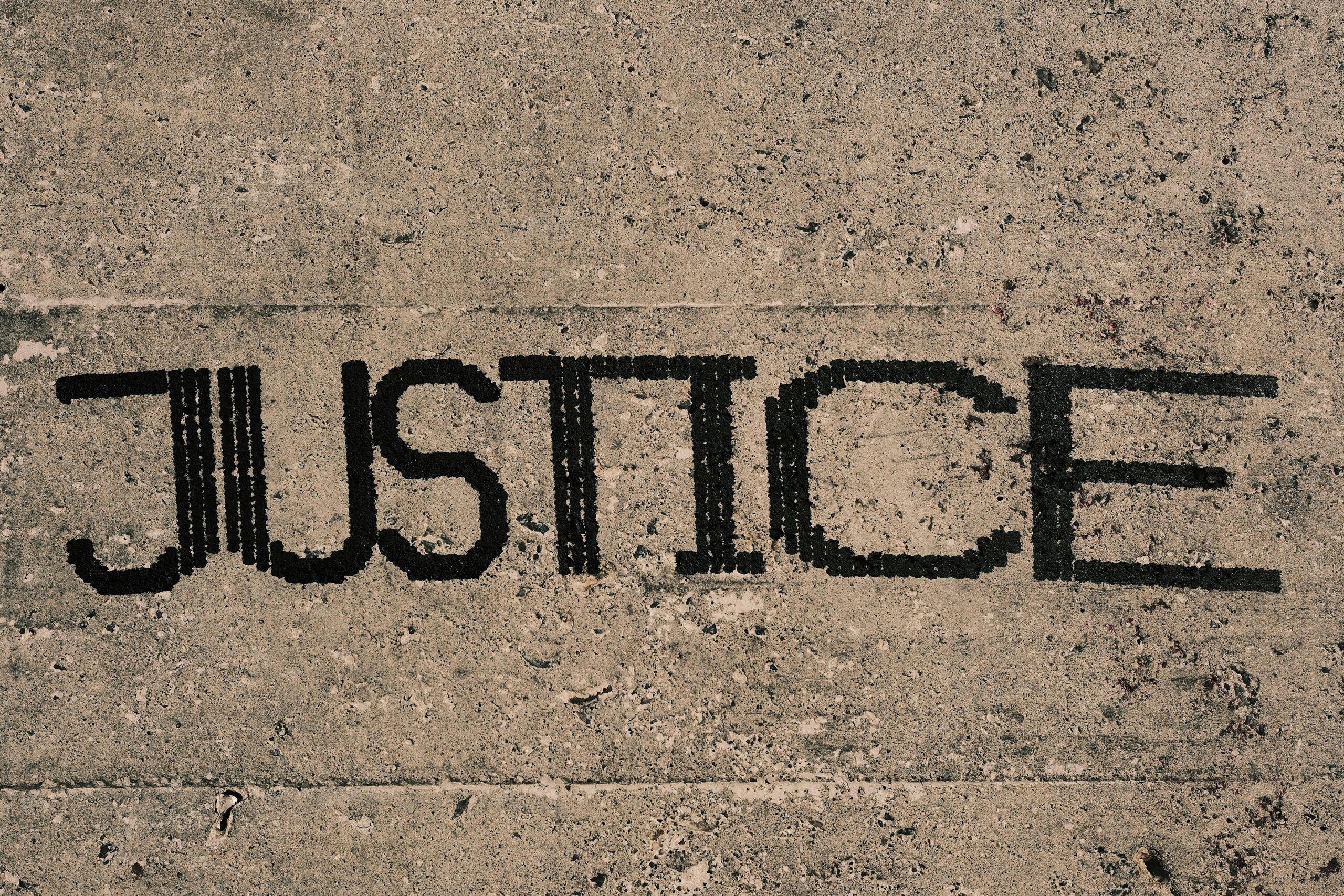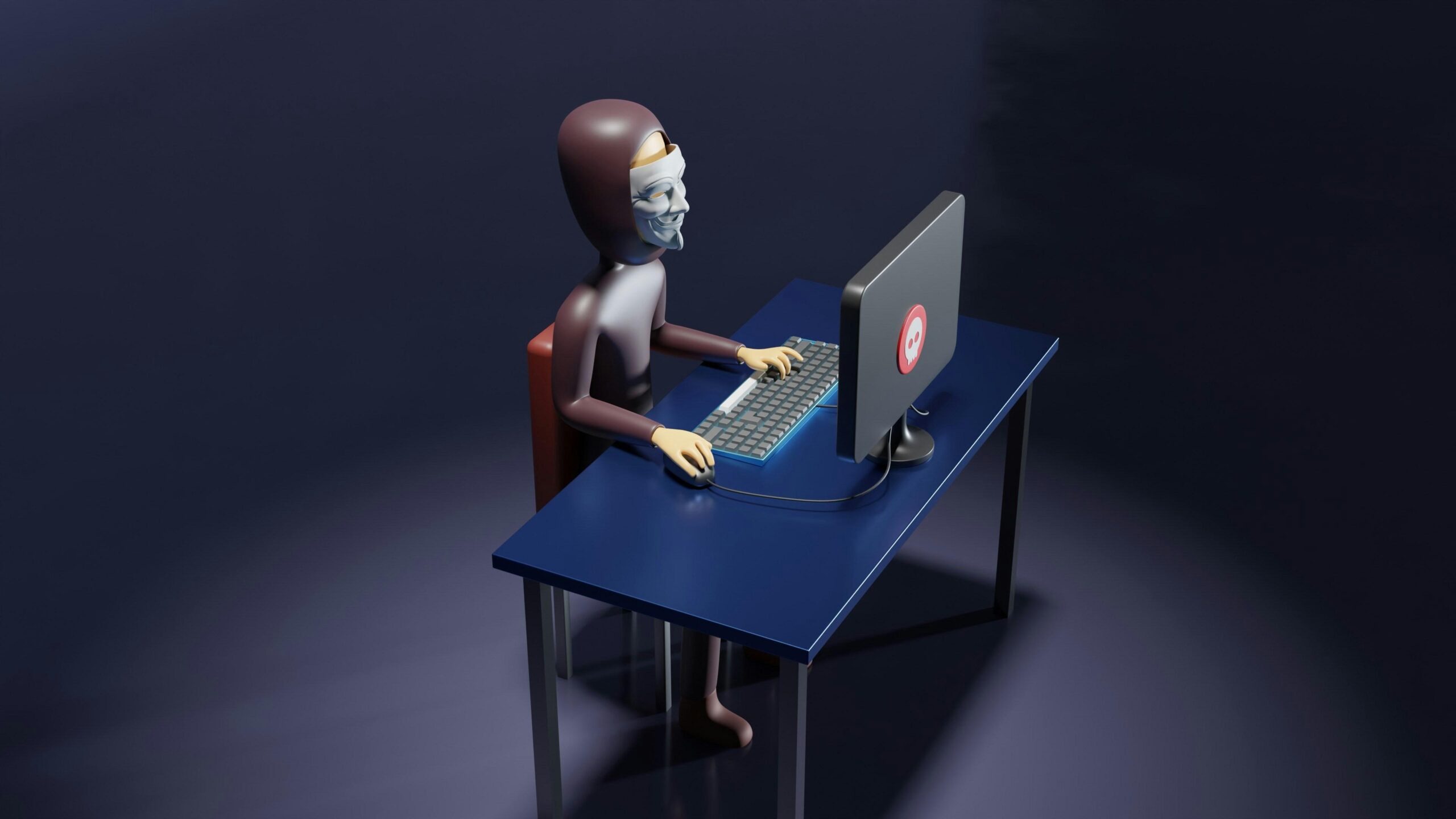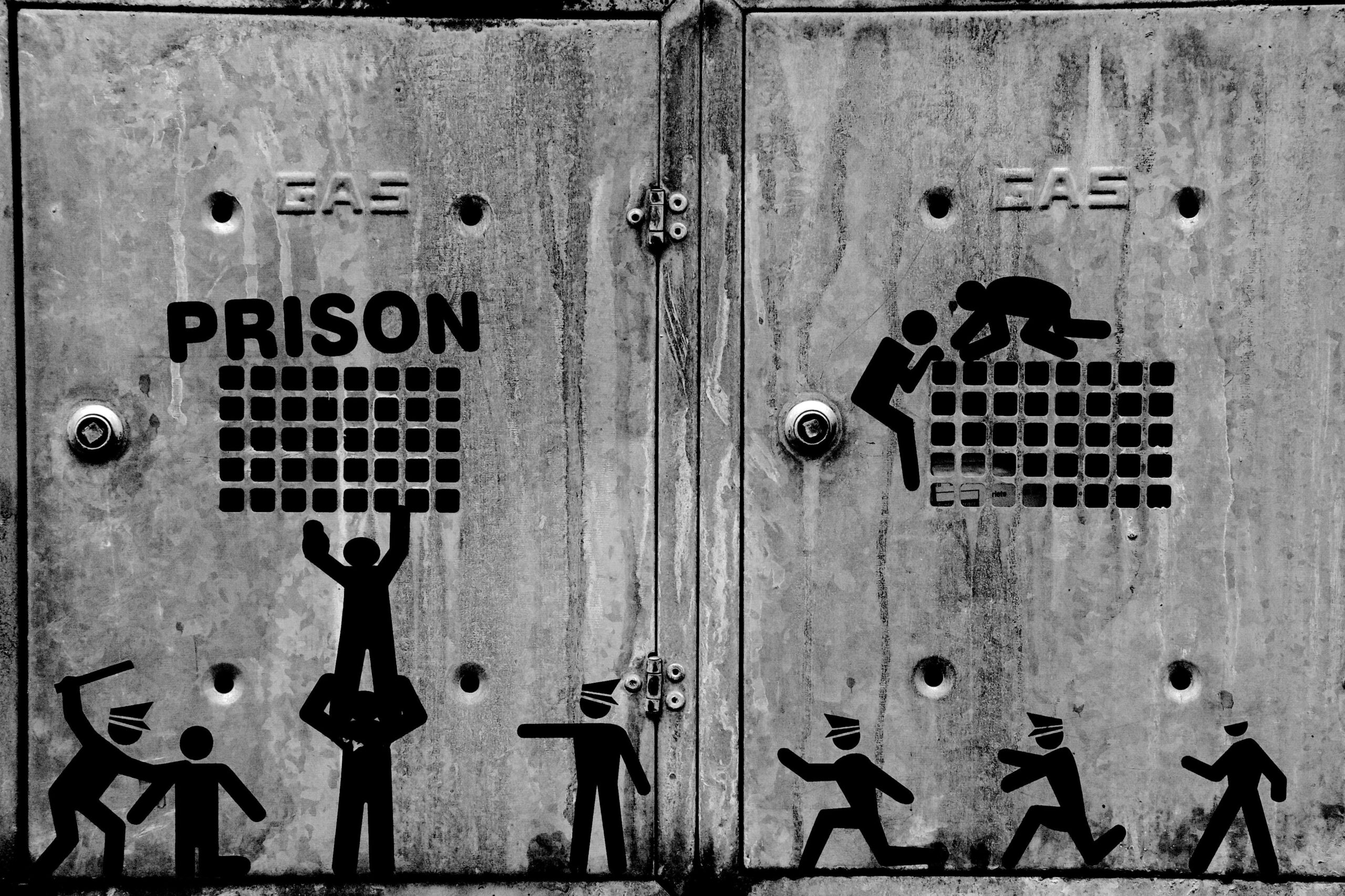Have you ever noticed how crime shows can make you feel like a detective, piecing together clues and racing against the clock for justice? From gripping courtroom dramas to pulse-pounding police procedurals, these shows don’t just entertain us—they subtly shape our ideas about what justice really means. But how exactly do these fictional tales influence our perceptions of the legal system, fairness, and morality? Let’s dive into the fascinating world of crime shows and explore how they color our understanding of justice in ways we might not even realize.
Table of Contents
- The Psychology Behind Crime Show Obsessions and Justice Perceptions
- Unpacking the Impact of Dramatized Courtroom Battles on Real-World Opinions
- How Media Portrayals Influence Our Trust in Law Enforcement and Legal Systems
- Strategies for Developing a More Informed and Balanced View of Justice Through Entertainment
- Insights and Conclusions
The Psychology Behind Crime Show Obsessions and Justice Perceptions
It’s fascinating how crime shows don’t just entertain—they actively shape our subconscious ideas about justice, fairness, and even morality. These narratives often simplify complex legal systems and present a neatly packaged world where the good guys always win, and the bad guys always get caught. This storytelling framework can create a cognitive shortcut known as the “CSI Effect,” leading viewers to expect fast, clear-cut resolutions in real-life cases. Our brains crave closure, so when a crime show wraps everything up in a tidy package, it reaffirms our belief that justice is swift and unambiguous, even though reality paints a far messier picture.
Moreover, the psychological allure of these shows taps into deeper human needs and emotions, shaping not only what we believe about the law but how we feel about victims and perpetrators. Some intriguing factors include:
- Empathy and Identification: Viewers often identify with characters—detectives, lawyers, or victims—feeding empathy that colors their judgment on guilt and innocence.
- Moral Certainty: Crime dramas typically offer a black-and-white moral universe, which contrasts sharply with the ambiguity and complexity of actual justice.
- Sensation Seeking: The suspenseful and emotionally charged nature of crime narratives satisfies a craving for excitement while indirectly reinforcing confidence in the system that “solves” these crimes.
All these elements work in tandem, subtly molding public perceptions of what justice looks like and how it should be pursued, sometimes driving expectations that real-world institutions cannot realistically meet.
Unpacking the Impact of Dramatized Courtroom Battles on Real-World Opinions
Televised courtroom dramas often blur the lines between fact and fiction, crafting narratives that captivate audiences but also color their perceptions of the justice system. These shows emphasize dramatic confrontations, sensational evidence reveals, and swift verdicts, creating an illusion of how legal processes unfold in reality. Viewers may unknowingly internalize these portrayals, leading to expectations that trials are always high-stakes battles where truth emerges clearly and decisively. In truth, the legal system is complex, procedural, and often slower paced, with outcomes influenced by factors rarely dramatized on screen.
Several key impacts stand out:
- Heightened trust or skepticism: Some audiences develop an inflated trust in the infallibility of evidence like DNA or eyewitness testimony as presented, while others grow cynical about the fairness of trials.
- Misconceptions about legal roles: Characters such as defense attorneys and judges are often simplified into heroes or villains, skewing public understanding of their professional duties.
- Expectations for dramatic courtroom moments: Real trials seldom feature explosive revelations, so jurors and observers might be disappointed or confused by the quieter, procedural reality.
Recognizing these influences invites a more critical eye toward how entertainment shapes our collective notions of justice — prompting questions about the balance between storytelling and factual representation in shaping public opinion.
How Media Portrayals Influence Our Trust in Law Enforcement and Legal Systems
Television dramas and true crime documentaries often paint a vivid picture of the legal world — one filled with relentless detectives, cunning prosecutors, and dramatic courtroom showdowns. These portrayals, while gripping, can skew public perception by emphasizing swift justice and clear-cut villains. In reality, law enforcement and legal systems operate within a more complex, nuanced framework where investigations are painstaking, evidence can be ambiguous, and outcomes are rarely black and white. This gap between fiction and fact subtly shapes how viewers judge actors within these systems, sometimes fostering a misplaced sense of trust or skepticism.
Moreover, recurring themes and character archetypes in media influence what qualities people believe those in authority should embody. For instance:
- Heroic perseverance: The image of tireless officers who solve cases single-handedly.
- Unwavering moral clarity: Clear distinctions between good guys and bad guys.
- Efficient justice delivery: Courtrooms where justice is swift and certain.
When reality diverges from these expectations, it can result in disillusionment or distrust, underscoring just how powerful and delicate media’s role is in framing our collective understanding of justice.
Strategies for Developing a More Informed and Balanced View of Justice Through Entertainment
When engaging with crime shows, it’s essential to approach their narratives with a critical eye, recognizing that entertainment often prioritizes drama over accuracy. One effective strategy is to cross-reference the legal procedures depicted with reputable sources or documentaries that offer factual insights into the judicial system. This practice helps tease apart sensationalized storytelling from real-world justice mechanics. Additionally, reflecting on the diversity of perspectives in crime shows—especially those depicting victims, suspects, law enforcement, and legal professionals—can deepen your understanding of how justice is experienced differently based on social, economic, and cultural contexts.
Another approach involves cultivating media literacy by actively questioning the motives behind plot developments and character portrayals. Consider asking yourself: Are the stories reinforcing stereotypes or offering nuanced views? To aid in this, you might:
- Follow legal experts and advocates on social media for commentary that breaks down how justice is served outside fictional settings.
- Engage in discussions or forums where diverse opinions challenge your stance and help avoid taking a singular narrative at face value.
- Explore crime shows from different countries to observe how cultural differences shape portrayals of justice and law enforcement.
By layering your consumption of crime entertainment with these intentional practices, you can develop a more comprehensive, balanced perspective that honors the complexity of real justice systems beyond the screen.
Insights and Conclusions
As we’ve seen, crime shows do more than just entertain—they actively shape our ideas about justice, fairness, and the very nature of truth. Whether we realize it or not, the dramas unfolding on our screens influence how we perceive real-life crime and punishment, sometimes blurring the lines between fact and fiction. So next time you binge-watch your favorite legal thriller or detective series, pause for a moment and wonder: how much of what I believe about justice has been scripted? The relationship between crime shows and our collective understanding is a fascinating puzzle—one that deserves a closer look every time the credits roll.










